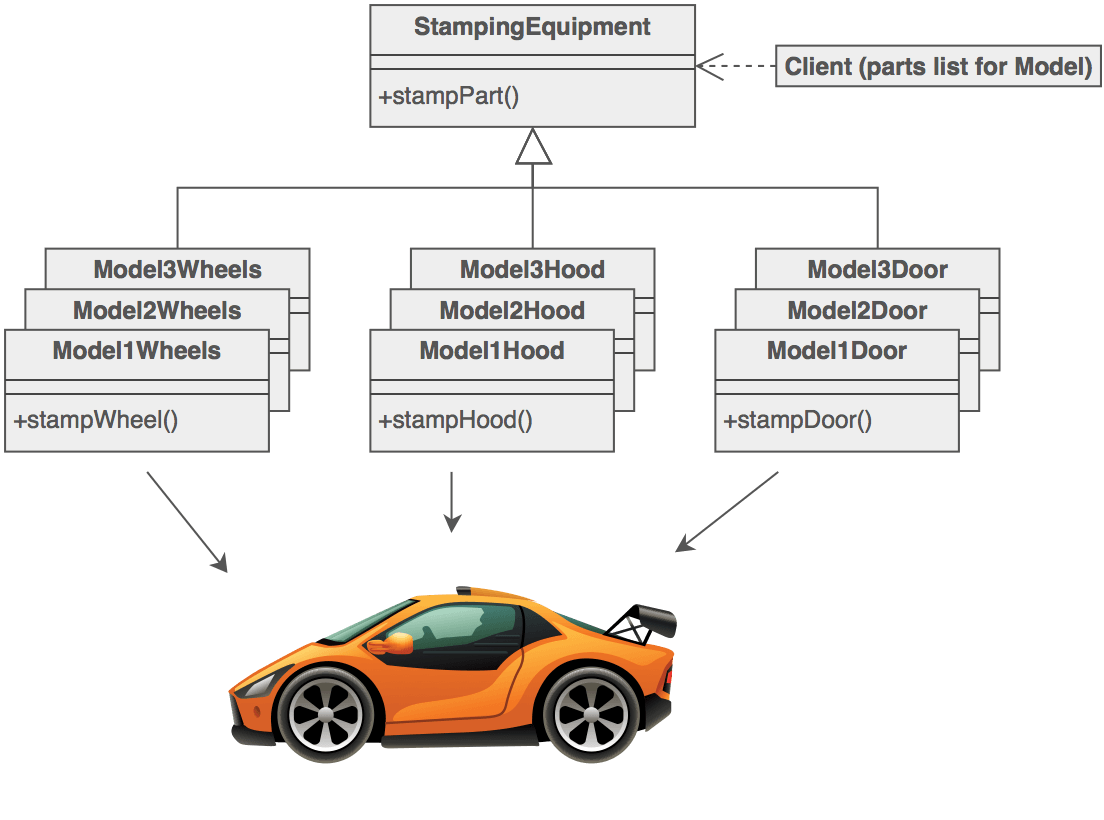Intent
- Decouple an abstraction from its implementation so that the two can vary independently.
- Publish interface in an inheritance hierarchy, and bury implementation in its own inheritance hierarchy.
- Beyond encapsulation, to insulation
Problem
"Hardening of the software arteries" has occurred by using subclassing of an abstract base class to provide alternative implementations. This locks in compile-time binding between interface and implementation. The abstraction and implementation cannot be independently extended or composed.有時因不同原因
導致abstract class 和implementation 相依性太重
無法讓各自獨自發展。
Motivation:



Structure:













